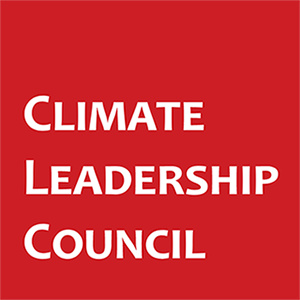WASHINGTON, DC – The Climate Leadership Council today launched a month-long digital ad campaign to educate the D.C. policy community about America’s Carbon Advantage. The term was coined in a 2020 Council report by the same name, which found groundbreaking evidence of the U.S.’ ability to produce goods while emitting far less carbon than most of its international trading partners.
“The U.S. manufactures goods with fewer carbon emissions than almost any other country in the world,” said Greg Bertelsen, CEO of the Climate Leadership Council. “The Council is running this campaign to foster better understanding of America’s Carbon Advantage and, ultimately, how leveraging that advantage can lower global emissions, while rewarding more efficient U.S. businesses and American workers.”
While the ads don’t call out any specific policy or outcome, they highlight the strength of clean U.S. manufacturing and reasons to explore trade policy as a tool for lowering global greenhouse gas emissions. Nearly 25% of global emissions are embedded in products crossing international borders.
About America’s Carbon Advantage:
- Goods manufactured in the U.S. are on average 40% more carbon efficient than the world average. We call this a carbon advantage.
- The U.S. carbon advantage is 3X that of China and 4X that of Russia.
- The U.S. carbon advantage extends to more than a dozen industries including steel, chemicals, solar, and electricity. Council research has found that:
- The U.S. steel industry is 75%-320% more carbon efficient than global producers, depending on the product segment.
- U.S. chemicals manufacturers are 10-40% more carbon efficient than the global average across five of the most common bulk chemicals.
- Thin film solar panels, which make up 16% of the U.S. solar market, generate 90% less GHG emissions than the silicon-based modules that China specializes in.
- Despite this advantage, the U.S. currently imports 75% of its goods from less carbon efficient countries.
The Climate Leadership Council works with a broad set of stakeholders to promote the most cost-effective, equitable and politically-viable climate solutions.

